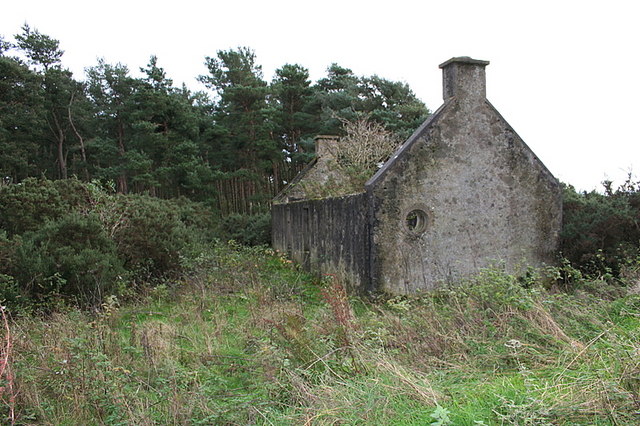Ben-and-but on:
[Wikipedia]
[Google]
[Amazon]
__NOTOC__
 But and ben (or butt and ben) is an
But and ben (or butt and ben) is an
''Knossos fieldnotes'', Modern Antiquarian (2007)
* Ernest Ingersoll (1906) ''The Wit of the Wild'', Published by Dodd, Mead and company, 294 pages
 But and ben (or butt and ben) is an
But and ben (or butt and ben) is an architectural style
An architectural style is a set of characteristics and features that make a building or other structure notable or historically identifiable. It is a sub-class of style in the visual arts generally, and most styles in architecture relate closely ...
for a simple building, usually applied to a residence. The etymology is from the Scots term for a two-roomed cottage. The term describes a basic design of "outer room" conjoined with "inner room" as a residential building plan; the outer room, used as an antechamber or kitchen, is the ''but'', while the inner room is the ''ben''. The word ''but'', here, comes from Early Scots
Early Scots was the emerging literary language of the Northern Middle English speaking parts of Scotland in the period before 1450. The northern forms of Middle English descended from Northumbrian Old English. During this period, speakers refe ...
/Middle English
Middle English (abbreviated to ME) is a form of the English language that was spoken after the Norman conquest of 1066, until the late 15th century. The English language underwent distinct variations and developments following the Old English p ...
"bouten" "outside", and ''ben'' from ES/ ME "binnen", "inside".
See also
*Blackhouse
A blackhouse ( ga, teach dubh ; gd, t(a)igh-dubh ) is a traditional type of house which used to be common in Ireland, the Hebrides, and the Scottish Highlands.
Origin of the name
The origin of the name blackhouse is of some debate. On the Is ...
* Bothy
A bothy is a basic shelter, usually left unlocked and available for anyone to use free of charge. It was also a term for basic accommodation, usually for gardeners or other workers on an estate. Bothies are found in remote mountainous areas of Sco ...
* Cottage
A cottage, during Feudalism in England, England's feudal period, was the holding by a cottager (known as a Cotter (farmer), cotter or ''bordar'') of a small house with enough garden to feed a family and in return for the cottage, the cottager ...
* ''The Broons
''The Broons'' (English: The Browns) is a comic strip in Scots published in the weekly Scottish newspaper ''The Sunday Post''. It features the Brown family, who live in a tenement flat at 10 Glebe Street in (since the late 1990s) the fictiona ...
''
References
* C. Michael Hogan''Knossos fieldnotes'', Modern Antiquarian (2007)
* Ernest Ingersoll (1906) ''The Wit of the Wild'', Published by Dodd, Mead and company, 294 pages
Line notes
Architecture in Scotland House types Housing in Scotland Agricultural buildings Agriculture in Scotland Vernacular architecture Scots language Scottish words and phrases {{agriculture-stub